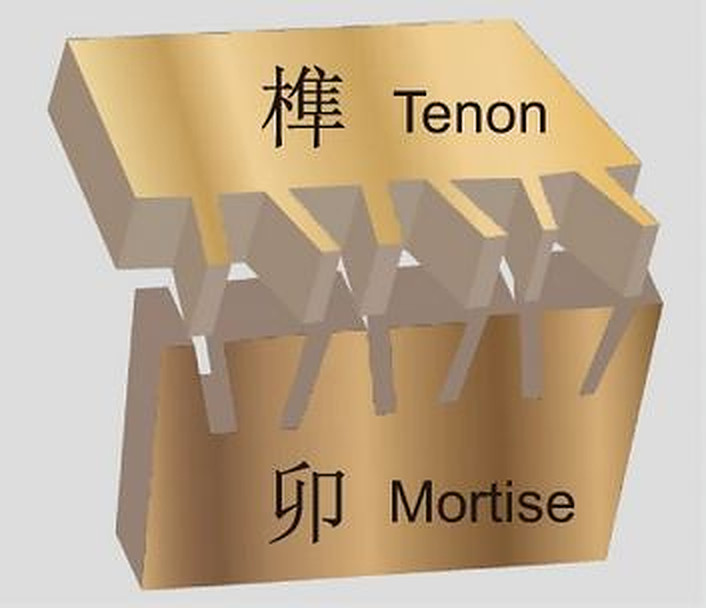Researchers at Nanjing Tech University in China have designed a perovskite solar cell that uses a Mortise-Tenon (M-T) structure to create a large-contact area between the perovskite absorber and the hole transport layer (HTL). They claim that this contributes to enhancing cell performance and durability.
M-T structures are commonly used in woodworking for strong connections between different materials, providing resistance to twisting. In the proposed configuration, the M-T structure consists of the perovskite absorber and a thermally polymerized additive called N-vinyl-2-pyrrolidone (NVP) used for the hole transport layer (HTL).
According to the scientists, NVP maintains a strong interaction with perovskite precursors during the spin-coating process, resulting in improved charge transport and high-quality perovskite/NVP films.
The cell design includes a glass/fluorine-doped tin oxide (FTO) substrate, SnO2-based HTM, perovskite absorber with NVP, spiro-OMeTAD layer, and a gold (Au) metal contact.
Comparing the device performance to a reference cell, the champion device achieved a power conversion efficiency of 24.55%, an open-circuit voltage of 1.187 V, a short-circuit current density of 25.66 mA cm−2, and a fill factor of 80.64%. The researchers emphasized the benefits of suppressed non-radiative recombination and balanced interface charge extraction due to high-quality perovskite crystals and the Mortise-Tenon structure.
Popular content
In contrast, the reference device achieved an efficiency of 22.91%, an open-circuit voltage of 1.151 V, a short-circuit current density of 25.21 mA cm−2, and a fill factor of 78.94%.
Additionally, the cell with the M-T structure demonstrated excellent durability, retaining over 95% of its initial efficiency for 1100 hours. The device underwent measurement and certification at the Quality Testing Center for Photovoltaic and Wind Power Systems of the Chinese Academy of Sciences.
They presented the cell technology in “Monolithically-grained perovskite solar cell with Mortise-Tenon structure for charge extraction balance,” which was recently published in Nature Communications.
“Our work highlights the role of increasing the contact area of perovskite layer and HTL and proposes a unique strategy to realize interfacial charge-extracting balance in perovskite solar cells, which may be an important approach to achieve efficient device in the future,” they concluded.
This content is protected by copyright and may not be reused. If you want to cooperate with us and would like to reuse some of our content, please contact: editors@pv-magazine.com.



Make solar panel in light weight give more amps which can be easily moved from one place to another place. Tell us about it. Low cost.کم وزن میں سولر پینل بنائیں ائمپیرز زیادا دیں جو ایک جگہ سے دوسری جگہ آسانی س لے جا سکیں ۔اس کے بارے میں ہمیں بتائیں ۔کم قیمت ہو ۔